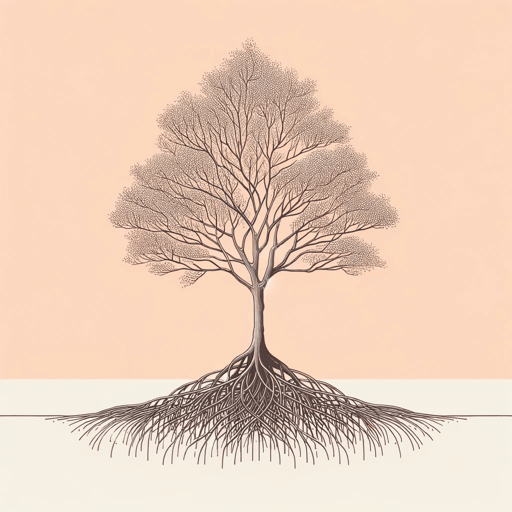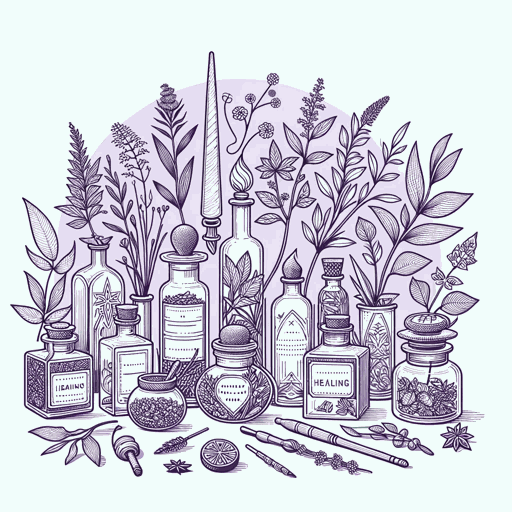42 pages • 1 hour read
Maryse CondéCrossing the Mangrove
Fiction | Novel | Adult | Published in 1989A modern alternative to SparkNotes and CliffsNotes, SuperSummary offers high-quality Study Guides with detailed chapter summaries and analysis of major themes, characters, and more.
Character Analysis
Mira Lameaulnes
Content Warning: The text depicts racism (including colorism, slurs, and outdated terminology), ableism, anti-gay bias, abortion attempts without the mother’s consent, misogyny, and incest, and discusses sati (a form of suicide), sexual assault (including a case involving an underage character), death by childbirth, child death, enslavement, torture, and murder.
Mira Lameaulnes is the only character in Crossing the Mangrove to have two chapters, both told in first-person perspective. Despite Mira’s youth, fellow women despise her and many men desire her—including her father Loulou and half-brother Aristide. The novel frames her mix of Black blood and light skin as particularly appealing to these men, while she herself struggles with internalized racism. Due to this, she prefers to spend her time alone in the Gully, a body of water where she can be free—until Carmélien spies on her bathing. Out of hatred for her father and Rivière au Sel as a whole, Mira engages in an incestuous relationship with Aristide and becomes pregnant outside of marriage by the older Francis Sancher, whom she desires for being an outsider. In this, her sexuality is both a strength and weakness, reducing her to a “fallen” woman in others’ eyes. In reality, she is a round, dynamic character, which can be seen in her difference in self-presentation in Chapter 2 and Chapter 18.


